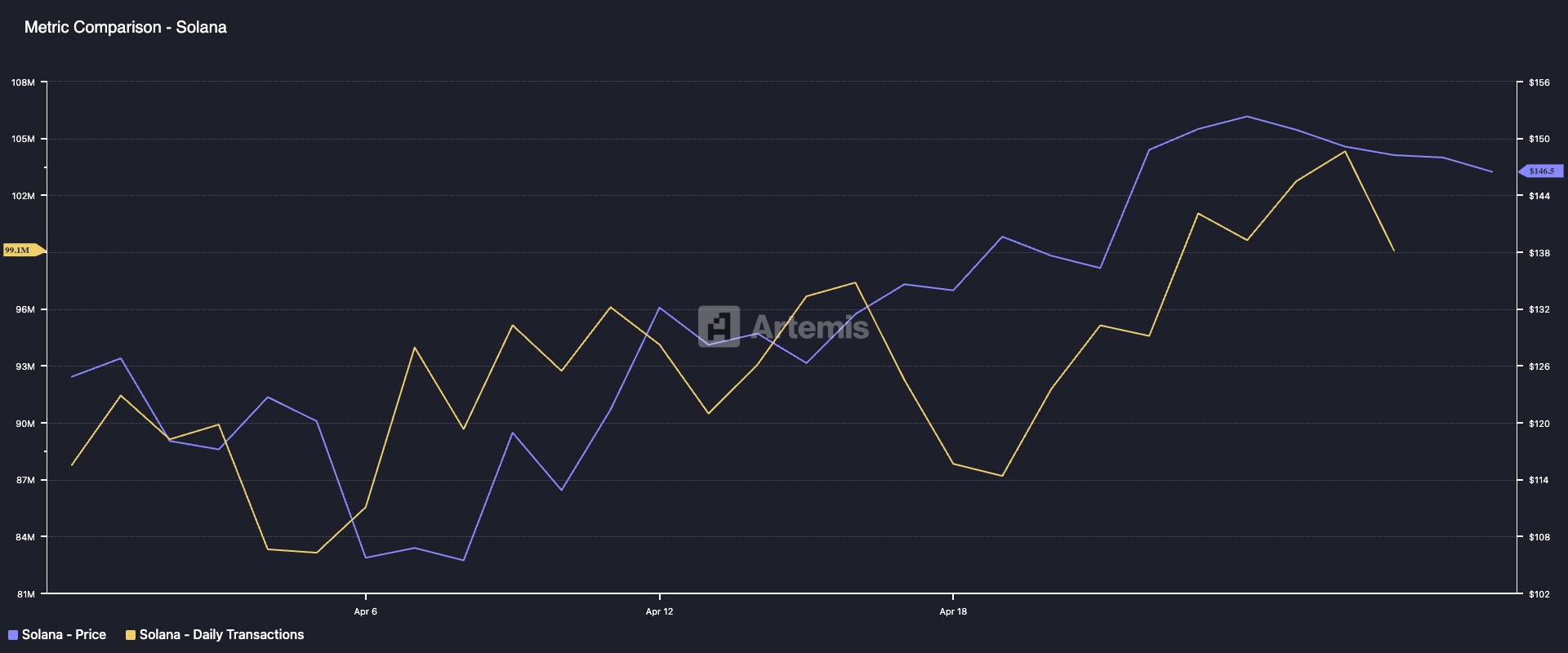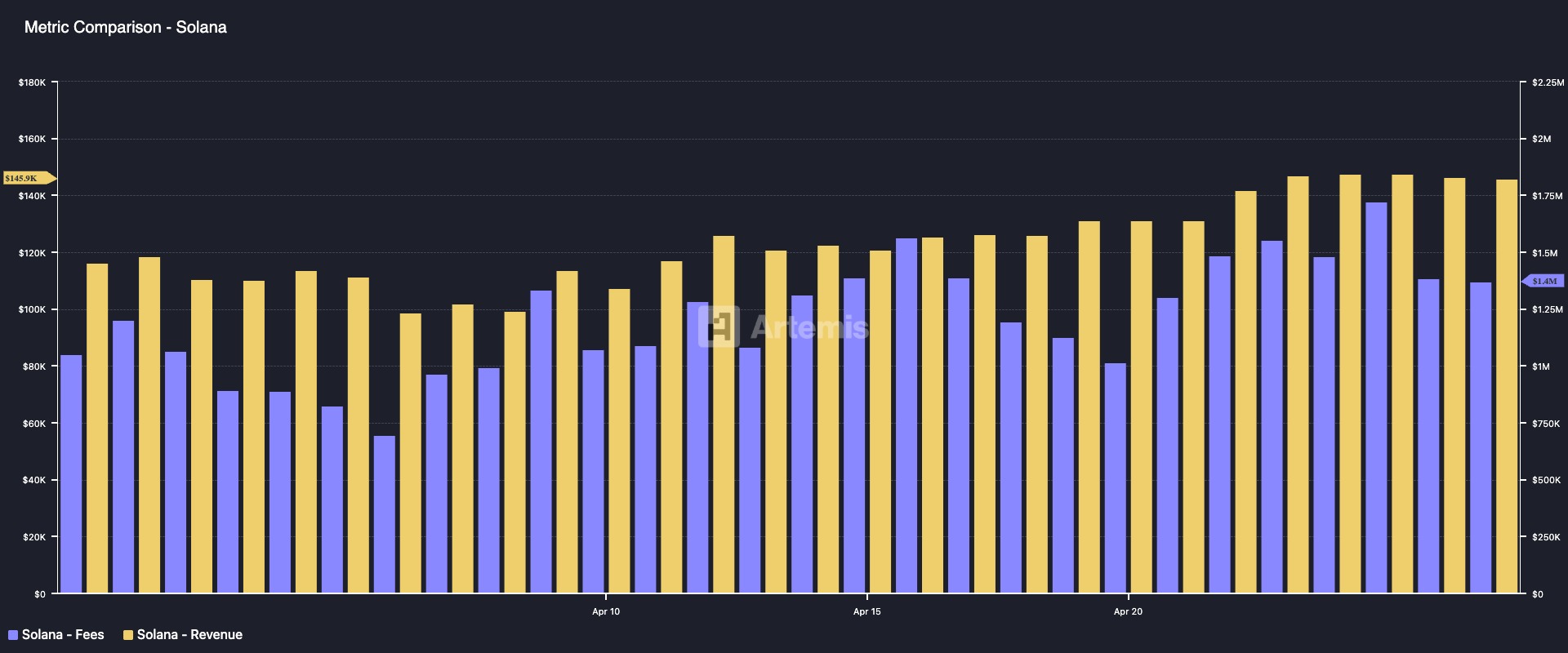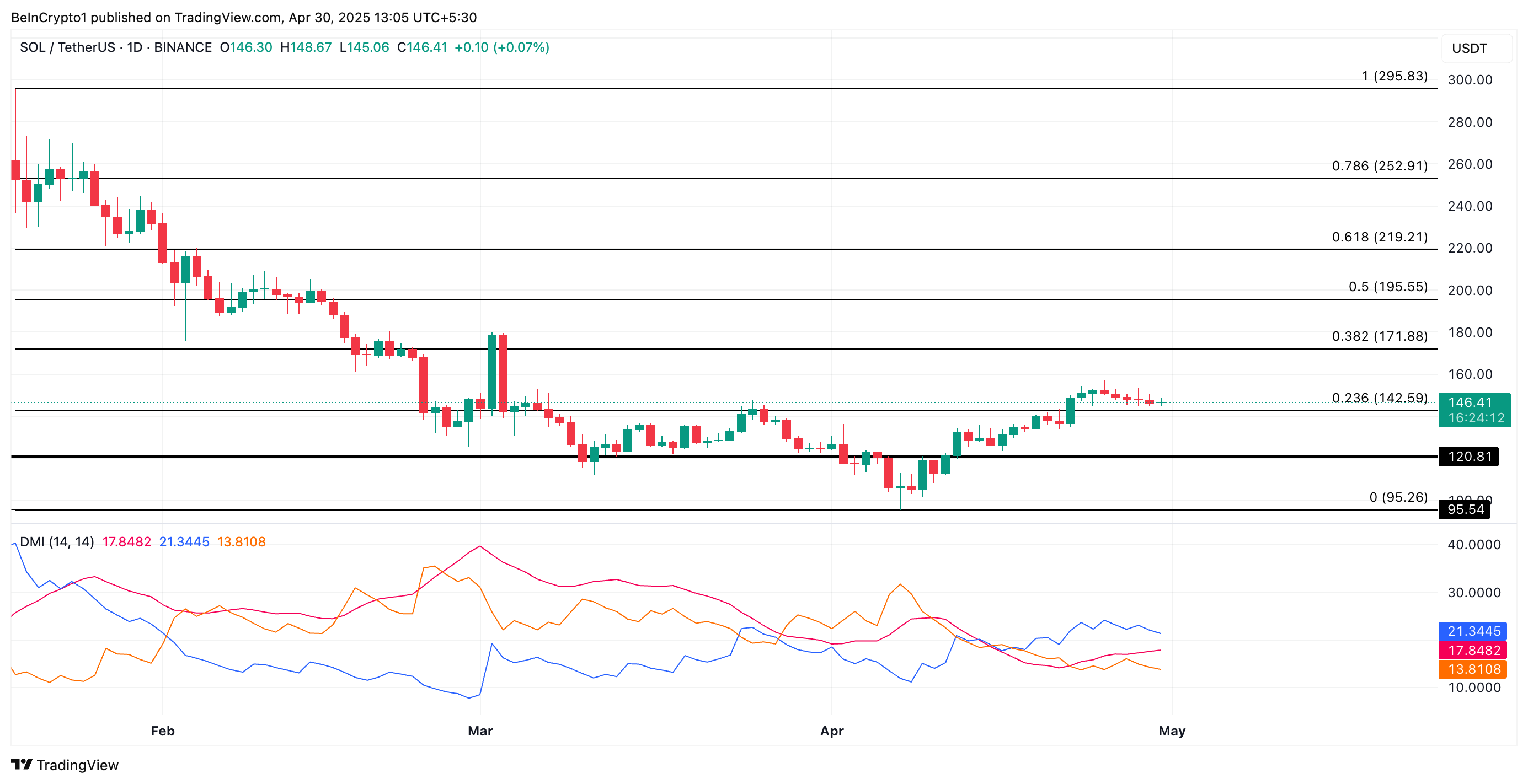
On March 6, the Cardano Foundation that manages the Cardano ecosystem, announced a strategic collaboration with SERPRO, Brazil’s Federal Data Processing Service, to explore and enhance the application of blockchain technology in the country.
Cardano’s partnership with the world’s largest state-owned Information Technology company, marks a significant step toward the adoption of decentralized technologies in government systems and public services in Brazil.
The partnership will focus on technological innovation, digital infrastructure development, and blockchain education, by combining the SERPRO’s extensive public administration expertise with Cardano’s blockchain technology to drive digital transformation across Brazil’s government services.
Why Cardano’s partnership is important for Blockchain Development in Brazil
SERPRO, Brazil’s leading federal agency for information technology and data security, plays a crucial role in managing and developing digital solutions for various governmental institutions. It processes 33 billion transactions annually and manages more than 30.4 petabytes of data across various cloud platforms The collaboration with the Cardano Foundation is expected to bring new levels of transparency, security, and efficiency to Brazil’s public sector by leveraging blockchain’s potential.
Cardano, a decentralized and open-source blockchain platform, is known for its emphasis on sustainability, scalability, and security. With its research-driven approach, Cardano has been recognized as one of the most innovative blockchain networks globally. By partnering with SERPRO, the Foundation aims to explore practical applications of blockchain in areas such as digital identity verification, secure data management, and fraud prevention.
We’re partnering with @SERPRO—the world’s largest state-owned IT company.
This collaboration brings Cardano’s blockchain to Brazil’s government infrastructure, enhancing security, transparency, and digital service efficiency for millions.
Read more: https://t.co/It40EKzIAG https://t.co/TSKZA4SFEW pic.twitter.com/ZjCIiGxodQ
— Cardano Foundation (@Cardano_CF) March 6, 2025
Enhancing Public Sector Efficiency with Blockchain
One of the primary objectives of this collaboration is to integrate blockchain technology into government systems, ensuring that public services become more secure and efficient. Blockchain’s immutable ledger can enhance the transparency of processes such as tax collection, public procurement, and document authentication.
As part of the collaboration, the Cardano Academy program will be launched for SERPRO’s 8,000 employees, including 2,000 developers, with a focus on comprehensive blockchain education and professional development.
In a statement, Cardano Foundation CEO Frederik Gregaard expressed enthusiasm about the partnership, highlighting the potential of blockchain to modernize public administration.
“Blockchain can revolutionize how governments handle data, making transactions more secure, reducing bureaucracy, and increasing public trust. Working with SERPRO gives us a fantastic opportunity to implement real-world use cases in Brazil,” he said.
Brazil’s Growing Blockchain Adoption
Brazil has been at the forefront of blockchain adoption in Latin America, with increasing interest from both the private and public sectors. The government has already explored blockchain solutions for tax compliance, real estate transactions, and financial services.
With this new collaboration, the Cardano Foundation and SERPRO aim to accelerate Brazil’s blockchain adoption, positioning the country as a leader in digital innovation. The successful implementation of blockchain-based solutions could serve as a model for other nations looking to modernize their public services.
Thus, the partnership between the Cardano Foundation and SERPRO is a landmark moment for blockchain adoption in Brazil. By integrating blockchain into government systems, this collaboration has the potential to enhance transparency, security, and efficiency across multiple sectors. As blockchain continues to gain traction globally, Brazil’s proactive approach signals its commitment to leveraging emerging technologies for the betterment of its citizens.
With real-world applications set to unfold in the coming months, this partnership is poised to showcase the true potential of blockchain in the public sector. As Brazil continues its digital transformation journey, the collaboration between Cardano and SERPRO is expected to set new benchmarks for blockchain integration worldwide.
The post Cardano Foundation and SERPRO Collaborate to Advance Blockchain in Brazil appeared first on CoinGape.









